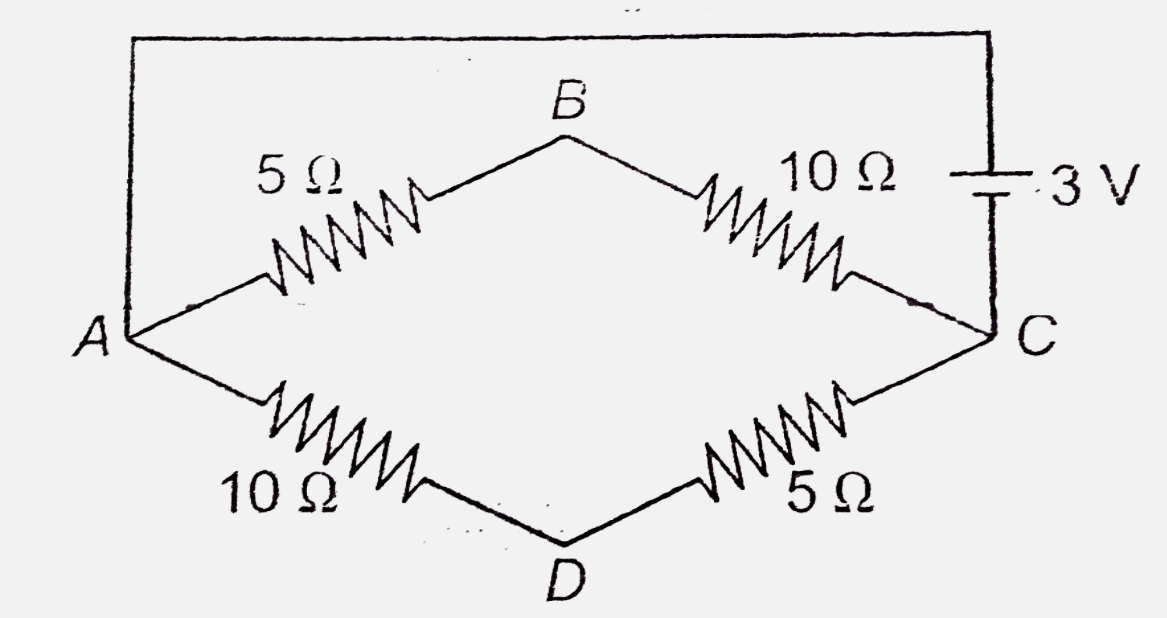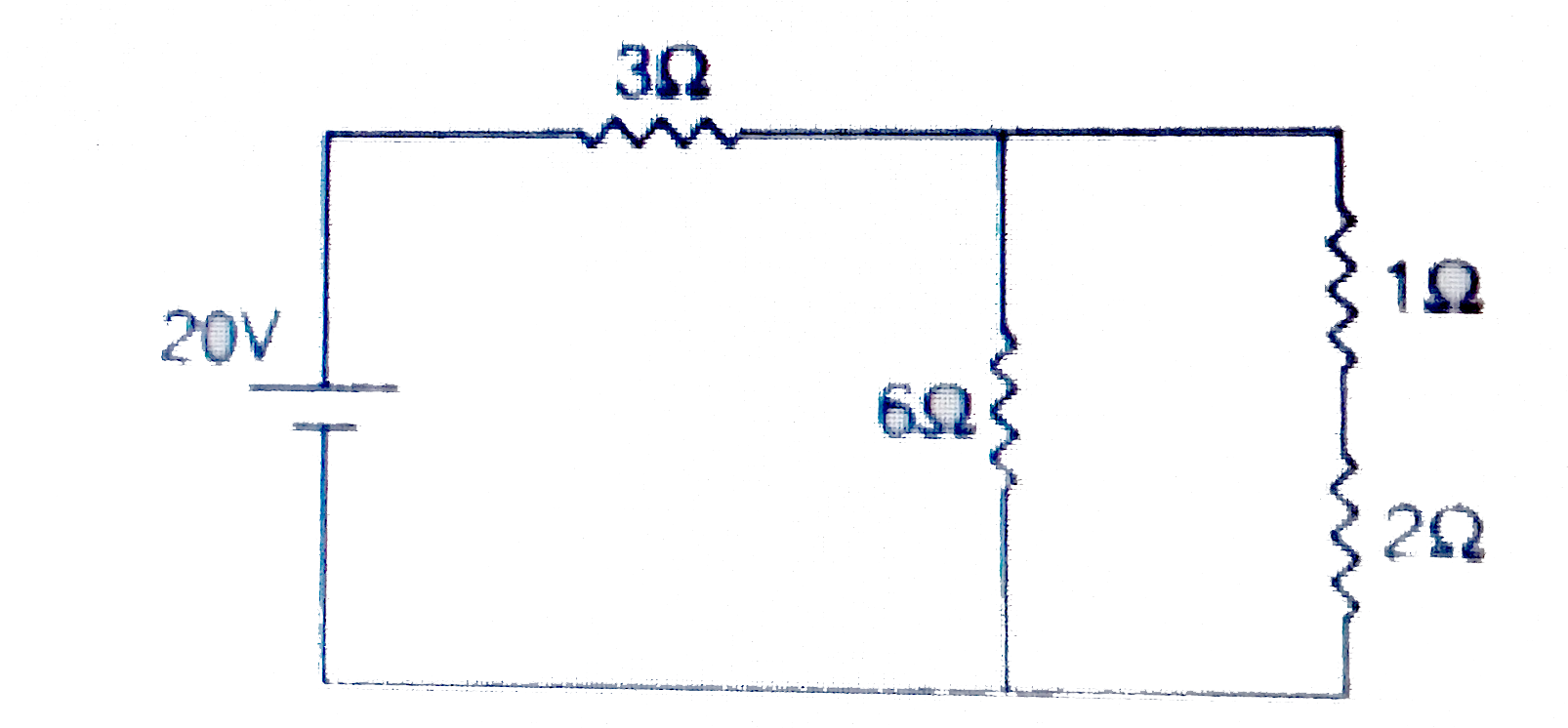A metallic conductor of irregular corss-section is as shown in the figure. A constant potential difference is applied across the ends (1) and (2). Then:
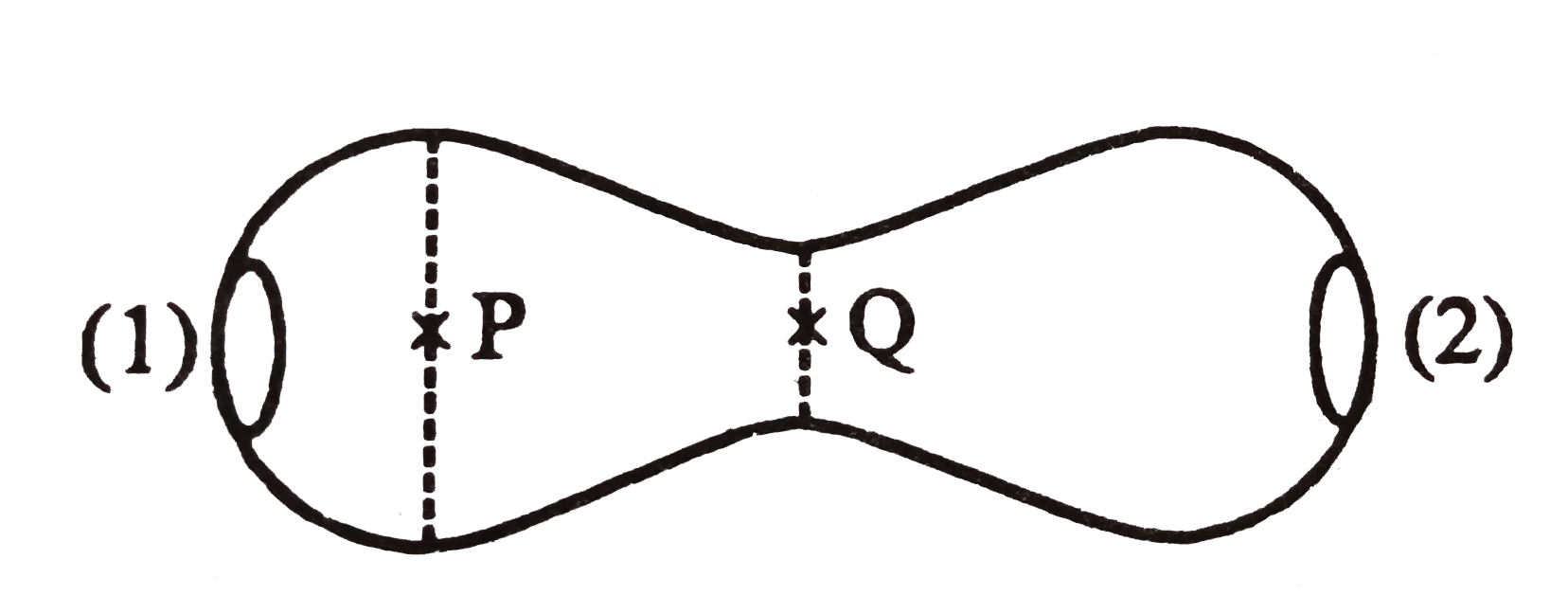
the current at the cross-section Pequals the current at the cross-section Q
the electric field intensity at P is less than that at Q
the rate of heat generated per unit time at Q is generated than that at P
the number of electrons crossing per unit area of cross-section at P is less than at Q
The correct Answer is:A, B, C, D
(A)IP=IQ
(B)J=σE
JP<JQ
EP<EQ
(C) H=I2R&R∝1A
RP<RQ
HP<HQ
(D) For metal n is independent of temperature
Similar Questions
Knowledge Check
- Question 1 - Select One
When a potential difference is applied across the ends of a linear metallic conductor
AThe free electrons are accelerated continuously from the lower potential end to the higher potential end of the conductorBThe free electrons are accelerated continuously from the higher potential end to the lower potential end of the conductorCThe free electrons acquire a constant drift velocity from the lower potential end to the higher potential end of the conductorDThe free electrons are set in motion from their position of rest - Question 2 - Select One
Across a metallic conductor of non-uniform cross-section a constant potential difference is applied. The quantity
ACurrent densityBCurrent flows form E to FCDrift velocityDElectric field - Question 3 - Select One
If the potential difference applied across a Coolidge tube is increased , then
Awavelength of Kα will increaseBλmin will increaseCdifferent between wavelength of Kα and λmin increaseDnone o these
In a ircuit shown in figure, the potential difference across the capacitor of 2μF is
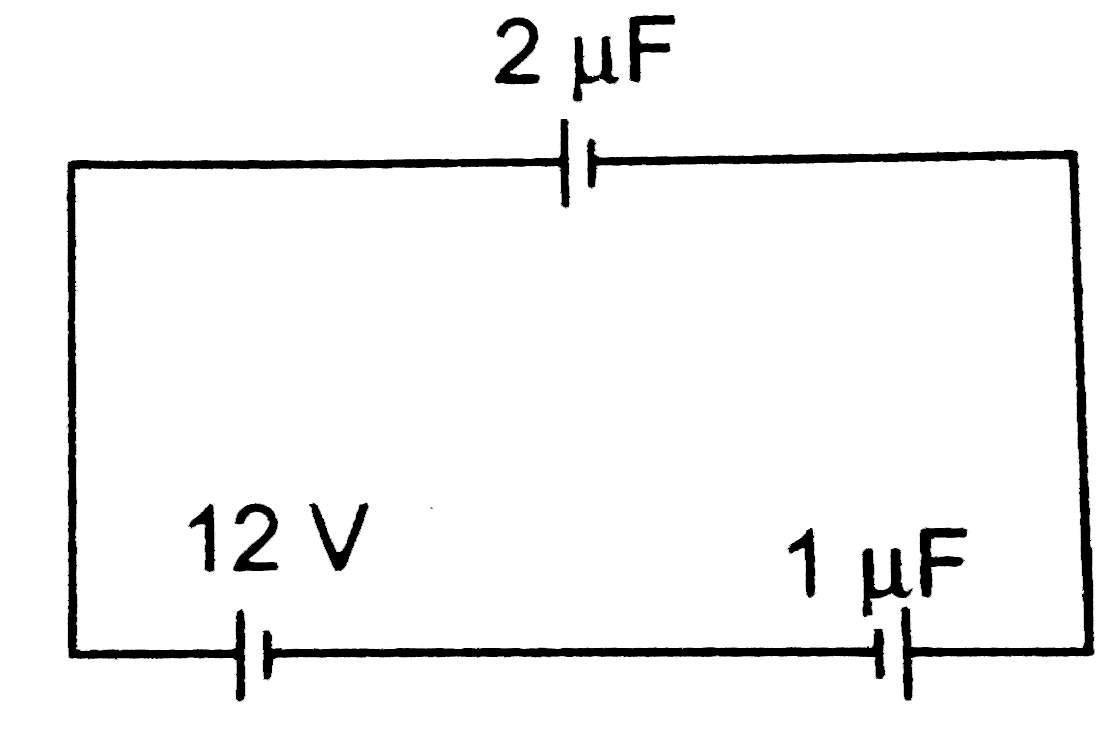 View Solution
View SolutionA cross a metallic conductor of non-uniform cross-section, a constant potential difference is applied. The quantity which remain (s) constant along the conductor is
View SolutionIn the circuit shown in the figure, the potential difference across the 4.5μF capacitor is
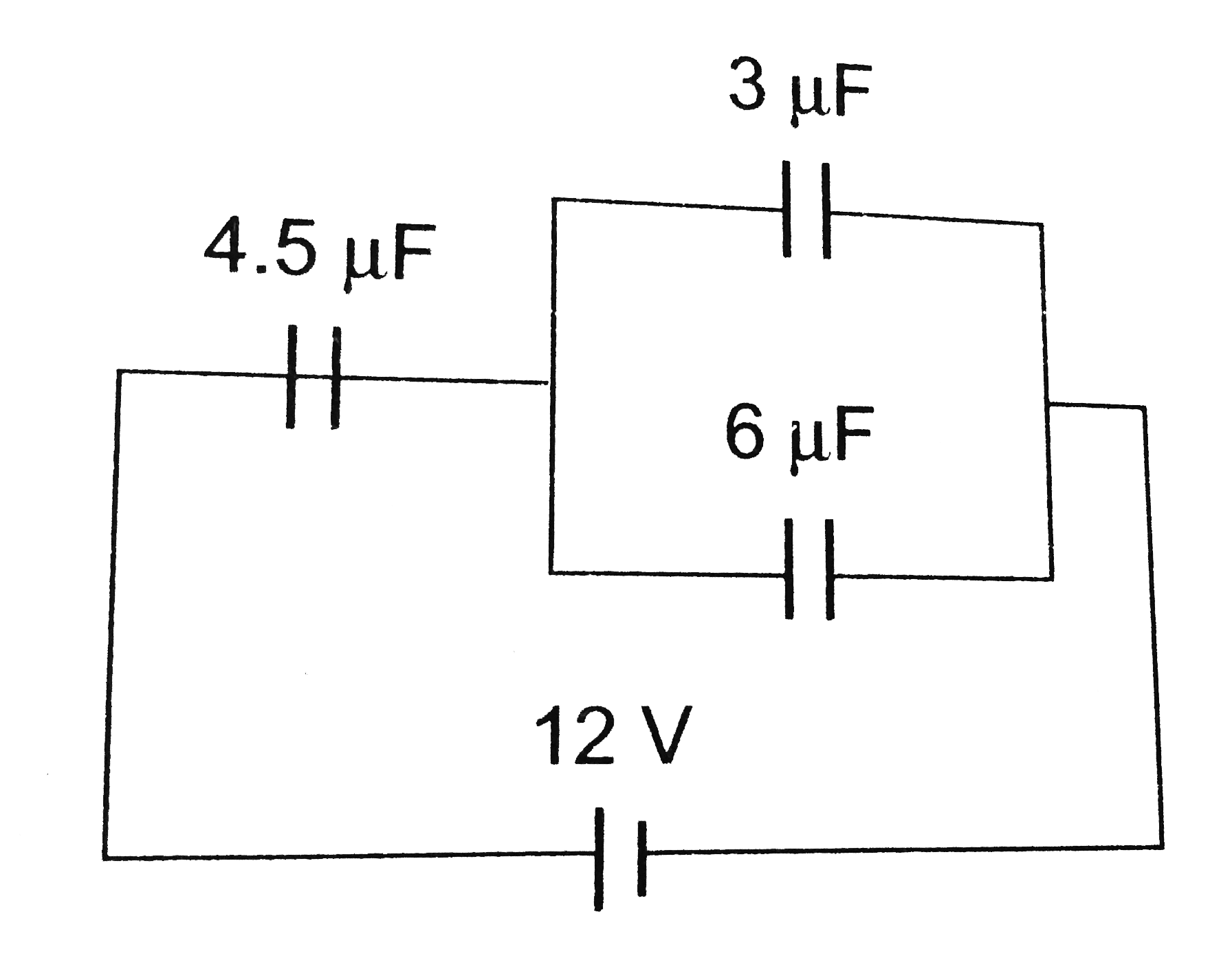 View Solution
View SolutionFor the circuit shown in the figure what is the potential difference across the external resistance ?
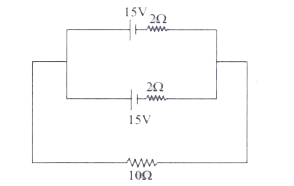 View Solution
View SolutionAcross a metallic conductor of a non-uniform cross-section, a constant potential difference is applied. The quantity which remains constant along the conductor is .
View Solution


